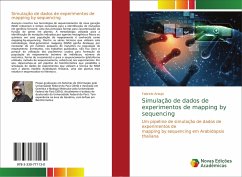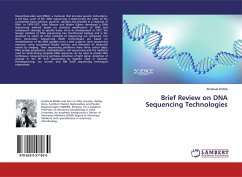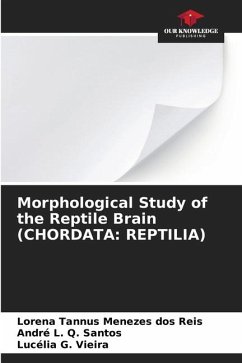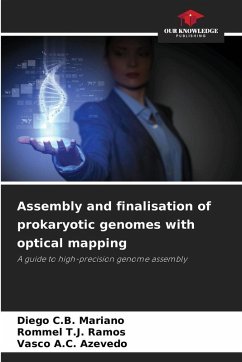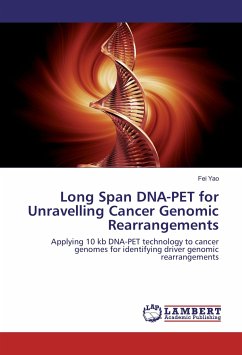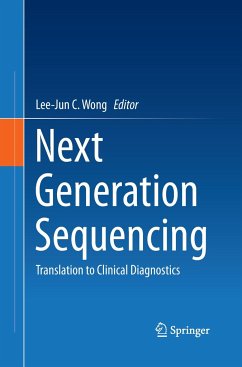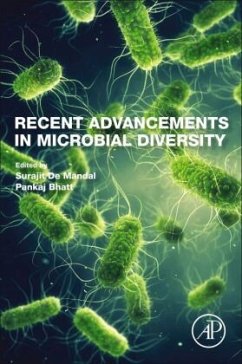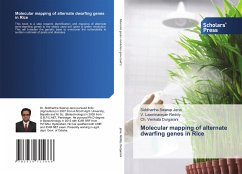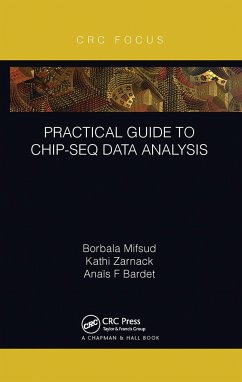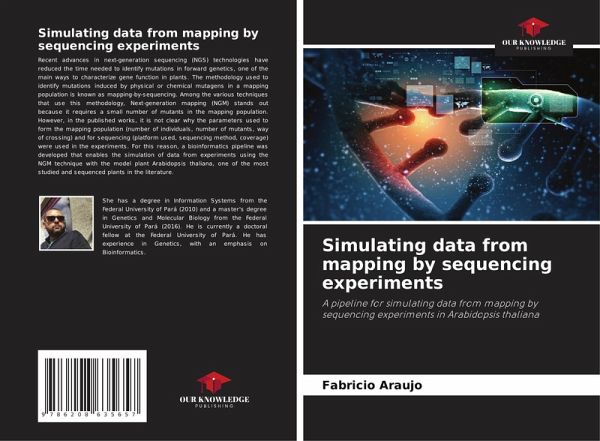
Simulating data from mapping by sequencing experiments
A pipeline for simulating data from mapping by sequencing experiments in Arabidopsis thaliana
Versandkostenfrei!
Versandfertig in 6-10 Tagen
24,99 €
inkl. MwSt.

PAYBACK Punkte
12 °P sammeln!
Recent advances in next-generation sequencing (NGS) technologies have reduced the time needed to identify mutations in forward genetics, one of the main ways to characterize gene function in plants. The methodology used to identify mutations induced by physical or chemical mutagens in a mapping population is known as mapping-by-sequencing. Among the various techniques that use this methodology, Next-generation mapping (NGM) stands out because it requires a small number of mutants in the mapping population. However, in the published works, it is not clear why the parameters used to form the map...
Recent advances in next-generation sequencing (NGS) technologies have reduced the time needed to identify mutations in forward genetics, one of the main ways to characterize gene function in plants. The methodology used to identify mutations induced by physical or chemical mutagens in a mapping population is known as mapping-by-sequencing. Among the various techniques that use this methodology, Next-generation mapping (NGM) stands out because it requires a small number of mutants in the mapping population. However, in the published works, it is not clear why the parameters used to form the mapping population (number of individuals, number of mutants, way of crossing) and for sequencing (platform used, sequencing method, coverage) were used in the experiments. For this reason, a bioinformatics pipeline was developed that enables the simulation of data from experiments using the NGM technique with the model plant Arabidopsis thaliana, one of the most studied and sequenced plants inthe literature.





